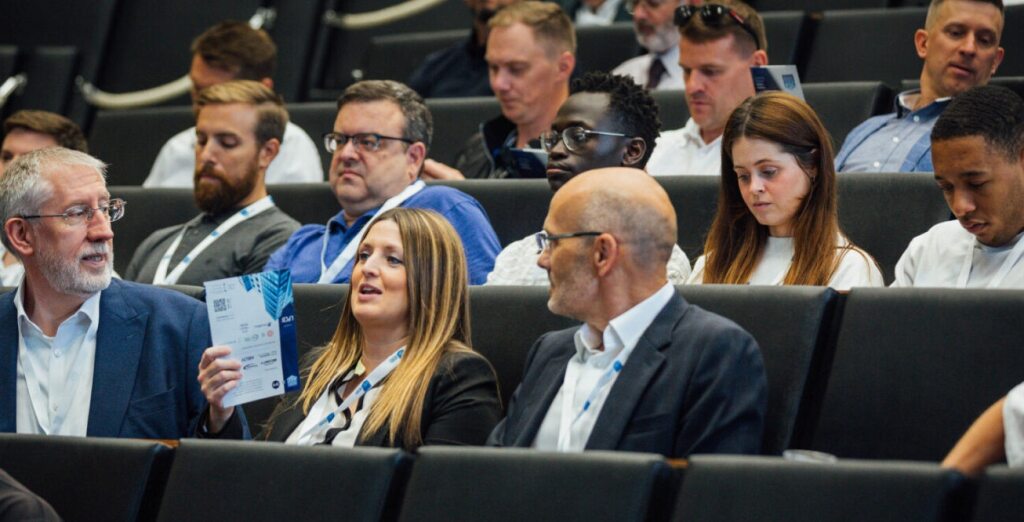Mitie’s Security Radar 2025: The Seven Priorities Shaping Organisational Resilience
Mitie's Security Radar for 2025 has been released, featuring insight from experts across the industry and data from 100 security leaders across the UK.
The Security Radar report features contributions from industry figures such as Shaun Hipgrave and Abu Ahmed (Home Office), Emma Kay (founder and CEO of WalkSafe), and Mitie's own Paul Furnell and Barrie Millett and is built around 7 priority areas for organisational security strategy in the coming 12 months:
- Security strategy
- Legislative change
- Violence against women and girls (VAWG)
- Rising extremism
- Next-gen threats
- Technology & AI
- Integration of law enforcement and private security
In Professor Martin Gill's foreword, he stresses that collaboration will reshape the future of security and will be no longer optional but central to resilience. The security function is portrayed as shifting from a background "support service" to a more visible, accountable, strategic partner in safety and resilience.
Among the findings from the report were the following:
• The Government has reorganised regulatory oversight: the Security Industry Authority (SIA) now sits under the Home Office’s Homeland Security Group, aligning venue obligations and officer licensing under one umbrella.
• Some parts of the sector still suffer from poor training, corner-cutting, fragmented approaches and cost-driven mindsets.
• Martyn’s Law is now on the statute book (with phased implementation); it imposes duties on venues/events above certain thresholds.
• The Worker Protection Act (WPA) compels employers to take “reasonable, anticipatory” steps against harassment (including from third parties)
• Incident reporting is expected to increase as victims are more aware, and organisations bring in new channels and tools.
• The threat environment increasingly overlaps: extremism, disinformation, organised crime, state activity and protest are interwoven.
• Social media and online dynamics can amplify local events rapidly into national flashpoints
• Cyber and physical security are more intertwined: e.g. a cyber attack can disable physical controls; AI-generated deepfakes or disinformation can incite real unrest.
• Threats include autonomous drones, 3D printed weaponry, AI-driven disinformation, hybrid attacks.
• We’re in a year of evolution, not revolution — AI adoption is rising, but measured, not “big bang.”
• Initiatives like the Pegasus Partnership (retail + police) have shown early success: arrests, reduction in offending.
Across the report, one message stands out: security is no longer a back-office concern. It is becoming a strategic, visible and measurable part of organisational resilience, grounded in collaboration, technology and compliance.
The next 12 months will reward organisations that move from reactive measures to proactive, evidence-driven strategies - ensuring not just safety but confidence, trust and long-term resilience.




